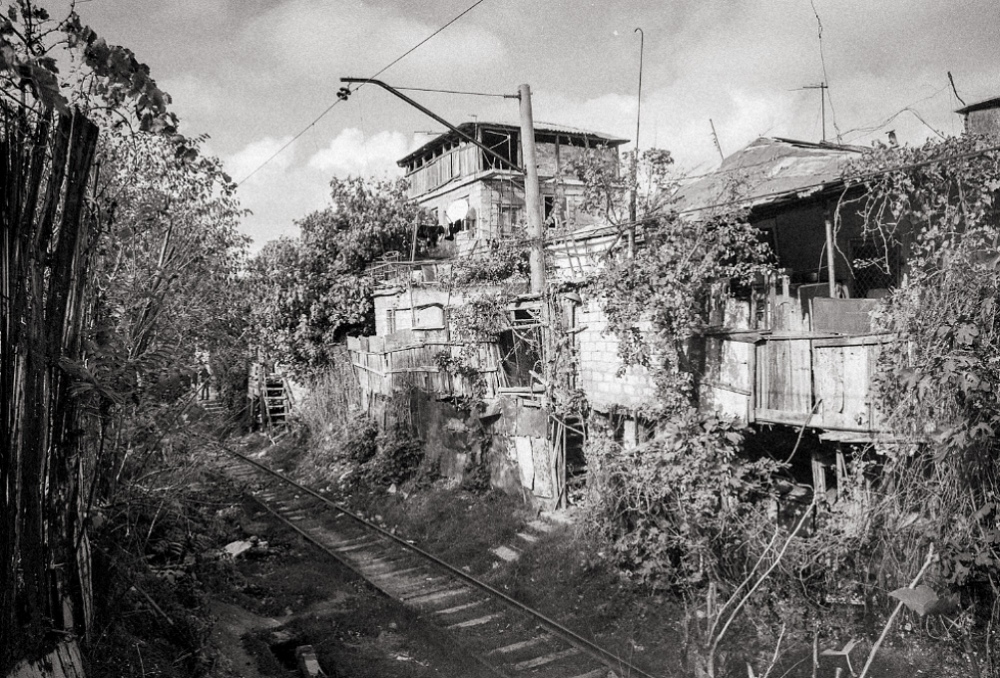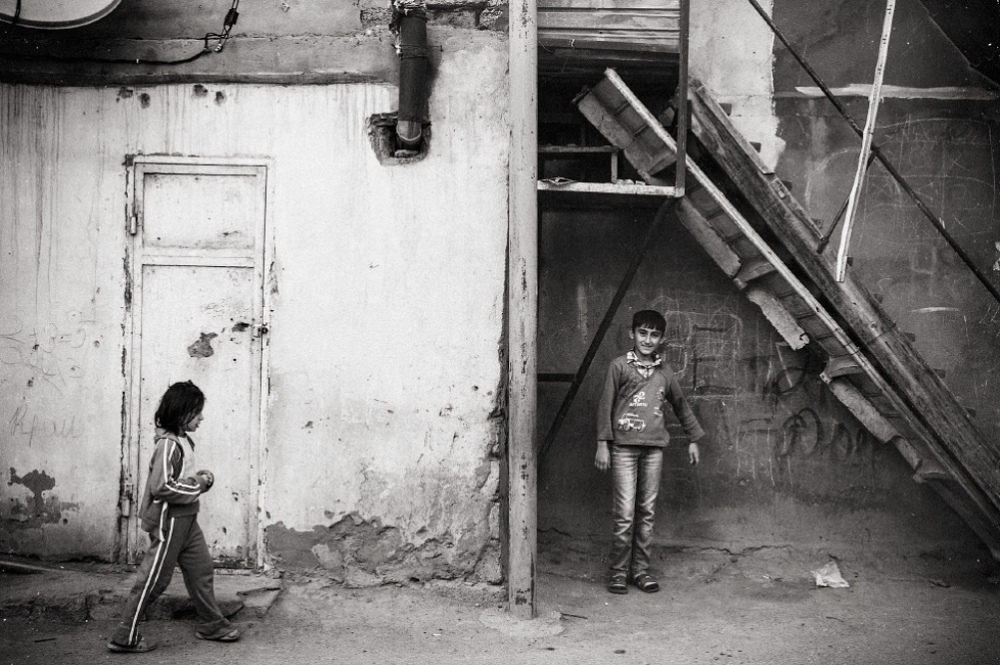It's no secret that there are settlements along the railway tracks. People do live there long enough, more than 40 years, and most of them pay monthly all the utility bills. In addition, they have official documents on their real estate. All of them have been participated in the census, that was registered in the municipality, although they do not have a permanent address, as there are no street names in the area. These houses were built along the rails on both sides of the railroad tracks, and some at a distance of max 6", almost on the railway. It complicates transportation for railway carriages and does interfere with acceleration of locomotives. In addition, many carriages carry dangerous goods, i.e compressed gas, and the chains length may reach as much as 25-30 wagons. With such a dangerous neighbours accident can happen at any time, anyone may appear on the rails any time. There is a complete absent of sewage in the area, all garbage thrown directly onto the rails or near railway tracks, as no dumpsters installed nearby houses. There are few on the outskirts, they are emptied once a week in the best case. People are afraid to leave their homes while trains pass through, not talking about the children having playgrounds across the rails. The residents manage to grow animals, such as geese, chickens and even cows, which can also cause damage to the rails. Many residents even have own cars, that seems totally illogical, as their housing is very poor and unsolid. Despite of every possible parking area, people leave the vehicles along the rails, causing one more additional factor of possible accidents.
This situation gets more complicated by the fact that a prison is located near the district, prison staff does have conflicts with inhabitants. After November 15th conflicts get more often as prisoners get heating facilities, but inhabitants do not. For sure, people get used to anything, and Sanxay residents are no exception in this case. Although, nowadays they have no faith in different way of living. It's already been 10 years since government promised to demolish all "district illegal constructions", based on the law of informal settlement. Rumors tell, most of the houses were built during one night by the light of car headlights, so according to the law, if somebody had time to settle in by the morning, he cannot be evicted after. Now people do not believe that municipality is going to demolish their settlements, conversely they are convinced, it is necessary to demolish the railways.
This is odd, not to say ridiculous, because no such statement was given ever. As time passes, year after year they get promises that Department of Railways will establish transportation, their homes will be transfered and garbage will gone, but none of that really happens. Their children are growing up on the railway tracks, playing dangerous games perceiving train's hooter as the school bell, and knowing about another life only from friends.




























